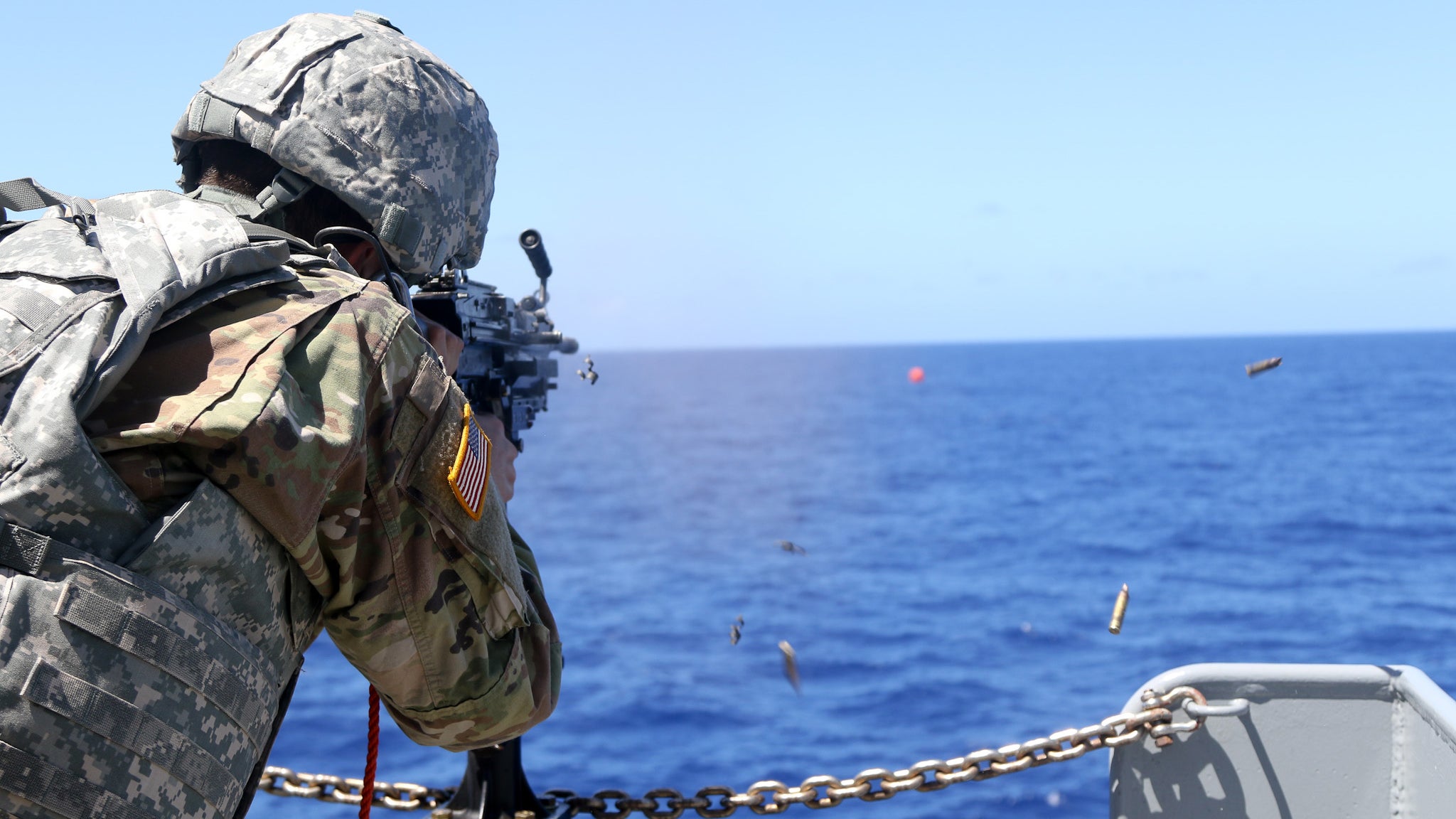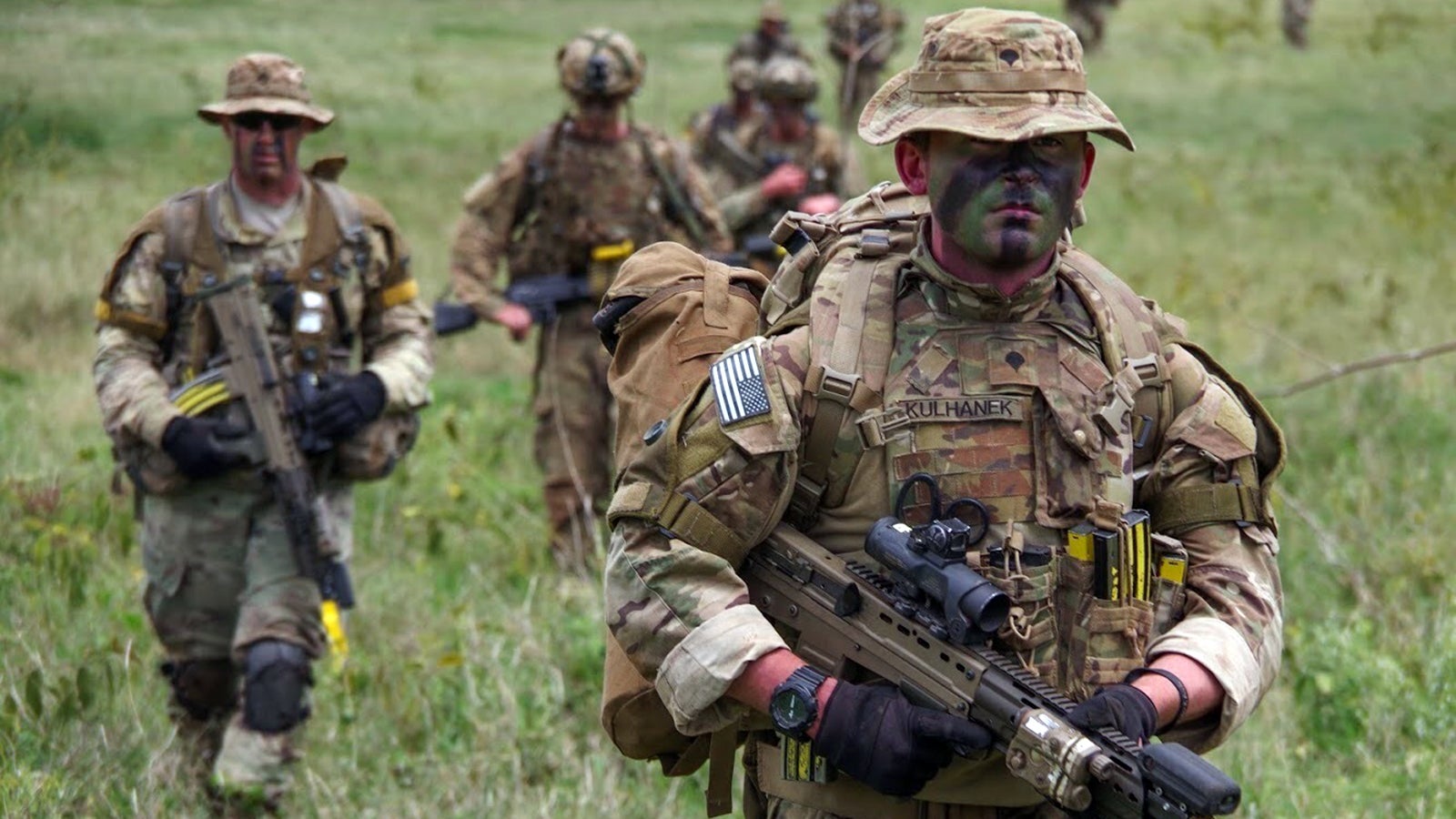Multi-Domain Operations Doctrine Could Come Soon

The U.S. military could have a new, joint operating concept within a year, loosely based on the Army’s Multi-Domain Operations proposal, the commander of the U.S. Army Futures Command said.
Speaking Feb. 10 at the Atlantic Council, Gen. Mike Murray said the services have similar concepts but haven’t been able to agree on details. That could soon change, he said.
The Army has been working for about four years on the notion that a broad-capability force that could find itself challenged in the air, land, sea, space or cyberspace domains should exploit a gap in another domain.









